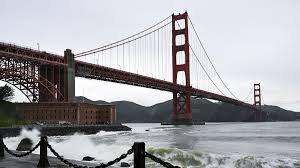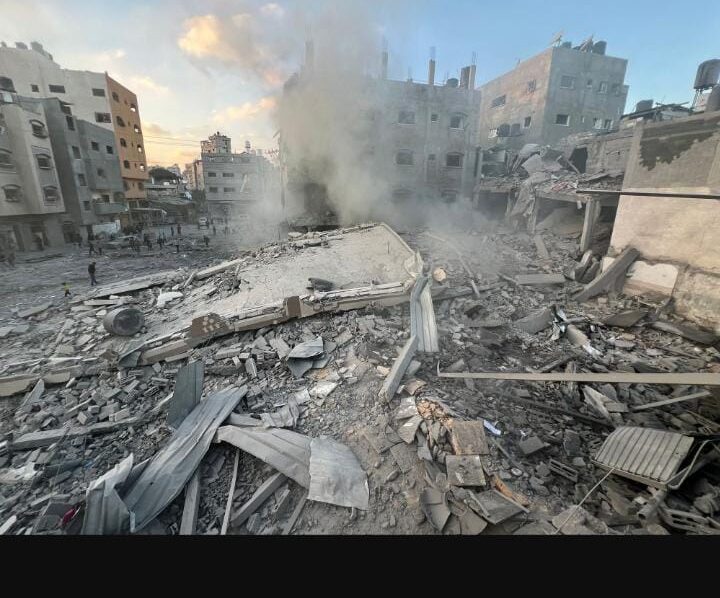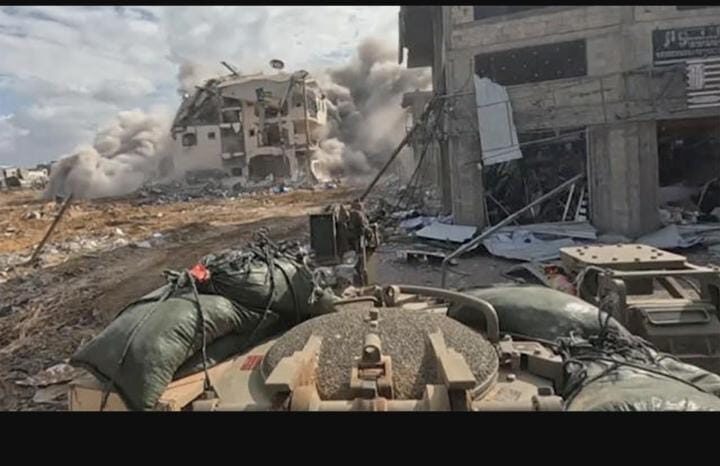
San Francisco’s Golden Gate Bridge, a celebrated icon in the city’s landscape, has finally completed a vital safety measure decades in the making. The installation of stainless-steel nets along the 1.7-mile bridge marks the conclusion of a lengthy battle for suicide prevention infrastructure.
Kevin Hines: A Survivor’s Tale and Advocacy for Change
Kevin Hines, who attempted suicide by jumping off the Golden Gate Bridge at the young age of 19, is among the few survivors of this tragic act. Breaking his back upon impact, Hines wished for an intervention that might have prevented his harrowing experience. Now a staunch advocate for suicide prevention, his voice joined a chorus demanding action.
The Push for Change and Overcoming Resistance
Hines, his father, and a group of grieving parents faced resistance over two decades from those reluctant to alter the iconic structure of the bridge. Their persistent advocacy, fueled by personal tragedy and the need for life-saving measures, eventually led to a breakthrough.
Design and Installation of Lifesaving Infrastructure
The stainless-steel nets, placed strategically 20 feet below the bridge’s deck, were crafted to withstand the harsh marine environment surrounding the Golden Gate Bridge. Although not visible to drivers crossing the bridge, the nets are visible to pedestrians standing by the rails, maintaining the bridge’s visual appeal while offering a critical safety feature.
Efficacy and Impact of the Nets
As the project neared completion, the number of suicides drastically decreased from an annual average of 30 to 14. The barriers, although effective, still experienced incidents where people attempted jumps in unfinished sections, highlighting the urgency of the project’s completion.
Functionality and Rescue Protocols
While the nets serve as a physical deterrent, they may result in severe injuries for those attempting to jump. Rescue operations by specialized teams, including trained firefighters and bridge maintenance workers, are in place to aid individuals in distress.
Long Road to Completion and Financial Challenges
Despite initial estimates, construction costs escalated significantly, leading to legal disputes and financial hurdles between contractors and the Golden Gate Bridge authorities. The increased costs, combined with structural complexities and maintenance issues, posed challenges during the project’s execution.
Debates and Enduring Support for Suicide Prevention
Critics argue about the substantial expenses of implementing nets, expressing doubts about their efficacy. Conversely, supporters, including the Bridge Rail Foundation, cite studies emphasizing the importance of limiting access to lethal means in preventing suicides.
A Testament to Hope and Prevention
The installation of suicide prevention nets on the Golden Gate Bridge represents not only a physical barrier but also a beacon of hope and a tangible commitment to saving lives. Despite challenges, this monumental undertaking stands as a testament to the resilience and unwavering dedication of those advocating for suicide prevention measures.
Conclusion
The completion of the safety nets on San Francisco’s Golden Gate Bridge stands as a poignant milestone in the city’s history. As the structure continues to inspire millions, it now stands adorned with a vital safeguard, a symbol of care and hope for those in distress, offering a second chance at life.
Subscribe to Follow Global Trends for daily global news.To Advertise, send a mail to advertise@followglobaltrends.com


